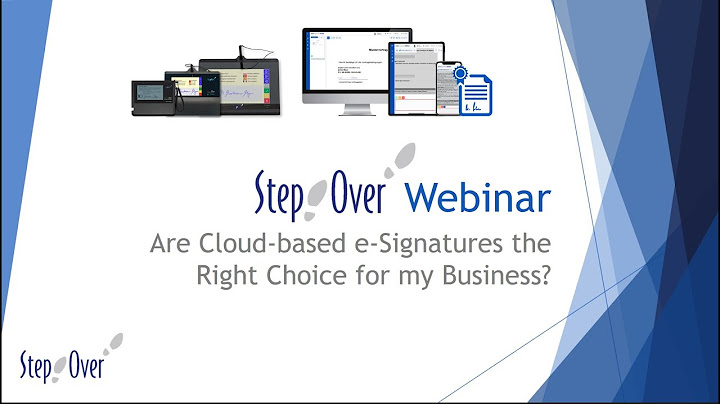Show The amounts reported as ‘inventories’ and ‘cost of goods sold’ are two significant items that can appear on a company’s financial statements, especially for manufacturing and merchandising companies. Some costs are included in the asset ‘inventories,’ while others are recognized as expenses on the income statement in the period in which they are incurred. The inclusion of costs in inventory defers their recognition as an expense on the income statement until the inventory is sold. Additionally, a company that includes costs in inventory that should rightfully be expensed will overstate the profitability reported on its income statement, as well as create an overstated inventory value on the balance sheet. Both US GAAP and IFRS stipulate that the costs that are to be included in inventories are “all costs of purchase, costs of conversion, and other costs incurred in bringing the inventories to their present location and condition.” Costs of purchase include the purchase price, import and tax-related duties, transport costs, insurance during transportation, handling costs, and other costs that are directly attributable to the acquisition of finished goods, materials, and services. The costs of purchase, as well as the price paid, are reduced by trade discounts, rebates, and similar items. Costs of conversion include all costs that are directly related to the units produced, for example, direct labor costs, and fixed and variable overhead costs. Costs Recognized as ExpensesUnder both IFRS and US GAAP, the costs that are excluded from inventory include abnormal costs that are incurred as a result of material waste, labor or other production conversion inputs, storage costs (unless required as part of the production process), and all administrative overhead and selling costs. These excluded costs are treated as expenses and recognized on the income statement during the period in which they are incurred.
The objective of IAS 2 is to prescribe the accounting treatment for inventories. It provides guidance for determining the cost of inventories and for subsequently recognising an expense, including any write-down to net realisable value. It also provides guidance on the cost formulas that are used to assign costs to inventories. Inventories include assets held for sale in the ordinary course of business (finished goods), assets in the production process for sale in the ordinary course of business (work in process), and materials and supplies that are consumed in production (raw materials). [IAS 2.6] However, IAS 2 excludes certain inventories from its scope: [IAS 2.2]
Also, while the following are within the scope of the standard, IAS 2 does not apply to the measurement of inventories held by: [IAS 2.3]
Inventories are required to be stated at the lower of cost and net realisable value (NRV). [IAS 2.9] Cost should include all: [IAS 2.10]
IAS 23 Borrowing Costs identifies some limited circumstances where borrowing costs (interest) can be included in cost of inventories that meet the definition of a qualifying asset. [IAS 2.17 and IAS 23.4] Inventory cost should not include: [IAS 2.16 and 2.18]
The standard cost and retail methods may be used for the measurement of cost, provided that the results approximate actual cost. [IAS 2.21-22] For inventory items that are not interchangeable, specific costs are attributed to the specific individual items of inventory. [IAS 2.23] For items that are interchangeable, IAS 2 allows the FIFO or weighted average cost formulas. [IAS 2.25] The LIFO formula, which had been allowed prior to the 2003 revision of IAS 2, is no longer allowed. The same cost formula should be used for all inventories with similar characteristics as to their nature and use to the entity. For groups of inventories that have different characteristics, different cost formulas may be justified. [IAS 2.25] NRV is the estimated selling price in the ordinary course of business, less the estimated cost of completion and the estimated costs necessary to make the sale. [IAS 2.6] Any write-down to NRV should be recognised as an expense in the period in which the write-down occurs. Any reversal should be recognised in the income statement in the period in which the reversal occurs. [IAS 2.34] IAS 18 Revenue addresses revenue recognition for the sale of goods. When inventories are sold and revenue is recognised, the carrying amount of those inventories is recognised as an expense (often called cost-of-goods-sold). Any write-down to NRV and any inventory losses are also recognised as an expense when they occur. [IAS 2.34] Required disclosures: [IAS 2.36]
IAS 2 acknowledges that some enterprises classify income statement expenses by nature (materials, labour, and so on) rather than by function (cost of goods sold, selling expense, and so on). Accordingly, as an alternative to disclosing cost of goods sold expense, IAS 2 allows an entity to disclose operating costs recognised during the period by nature of the cost (raw materials and consumables, labour costs, other operating costs) and the amount of the net change in inventories for the period). [IAS 2.39] This is consistent with IAS 1 Presentation of Financial Statements, which allows presentation of expenses by function or nature. Which of the following is not included in cost of inventory?Storage cost is not included in the cost of inventory.
What should be included in the cost of inventory?The cost of inventory includes the cost of purchased merchandise, less discounts that are taken, plus any duties and transportation costs paid by the purchaser.
What is not included in inventory?Change in sales during the year is not a part of the inventory.
Which of the following may be included in the cost of inventories?The cost of inventories shall comprise all costs of purchase, cost of conversion and other costs incurred in bringing the inventories to their present location and condition.
|

zusammenhängende Posts
Werbung
NEUESTEN NACHRICHTEN
Wie lange hat der Vermieter Zeit die Kündigung zu bestätigen
1 Jahrs vor . durch EphemeralProceedingsWerbung
Populer
Werbung

Urheberrechte © © 2024 de.apacode Inc.


















